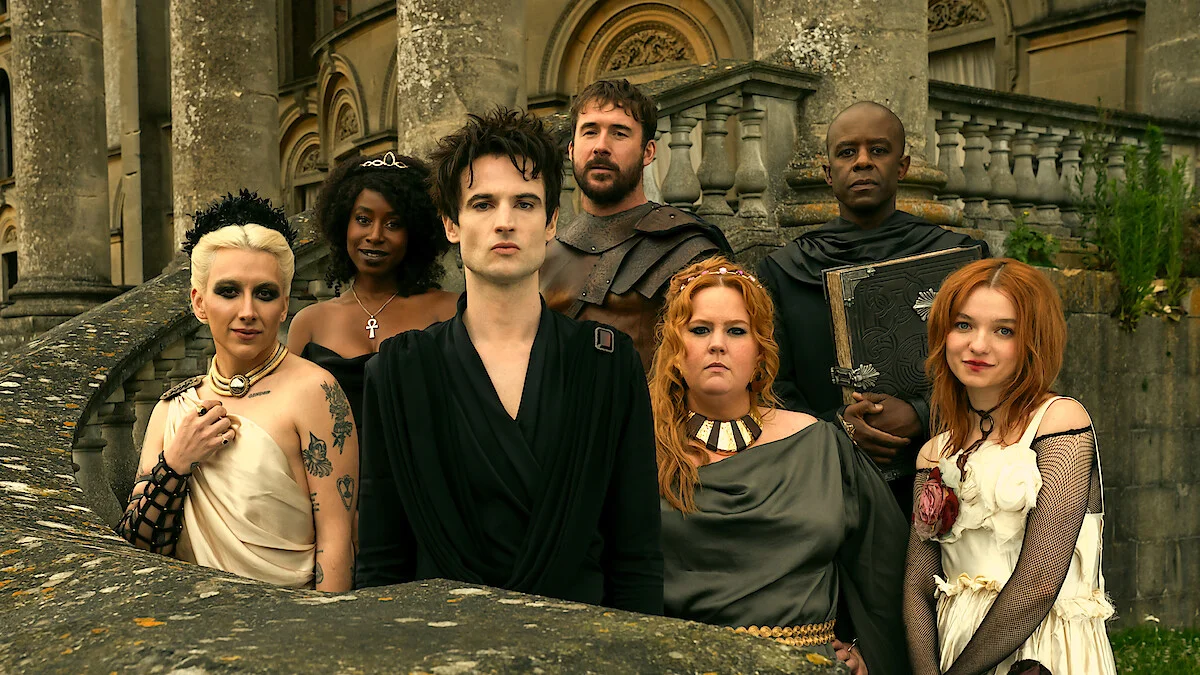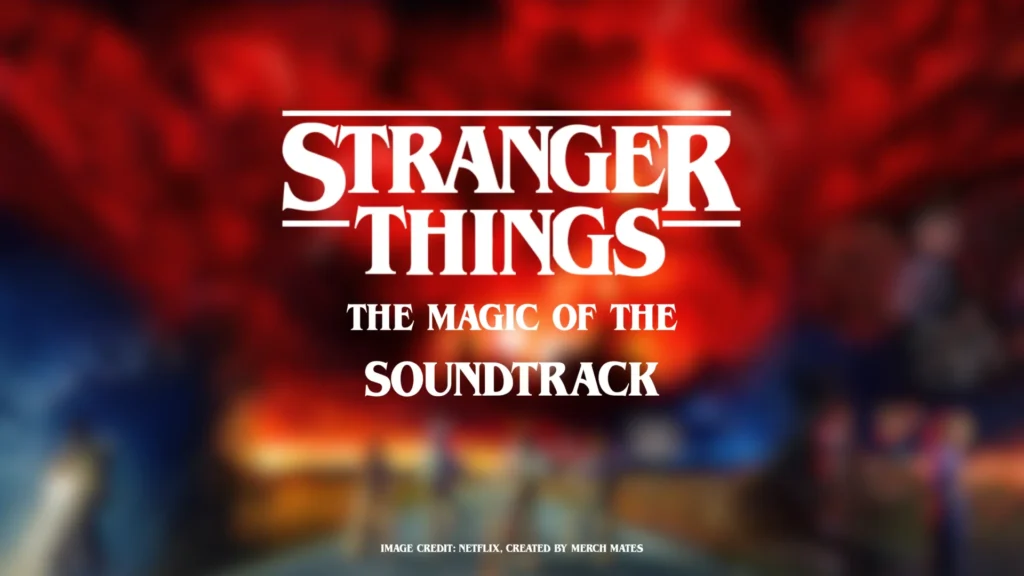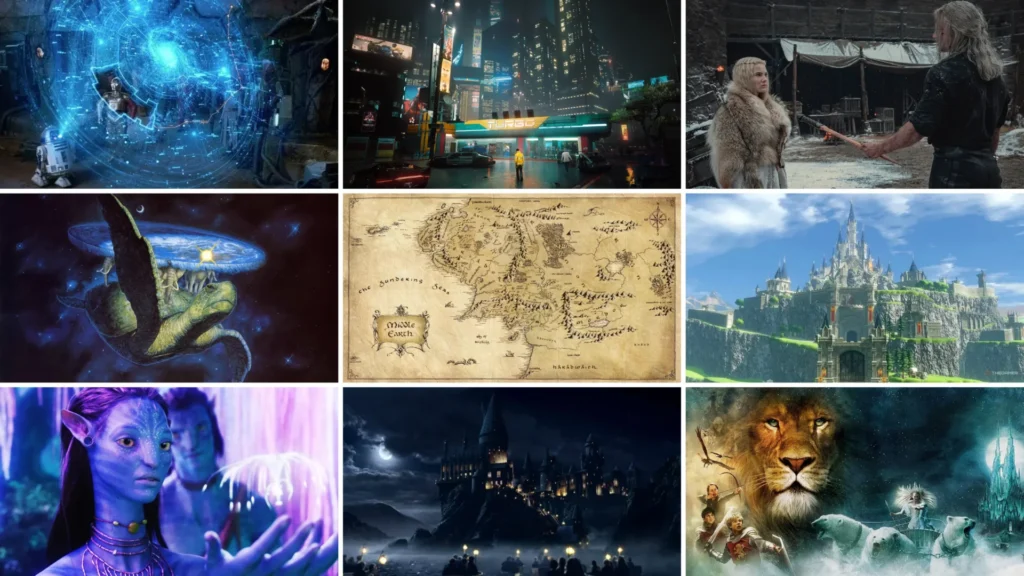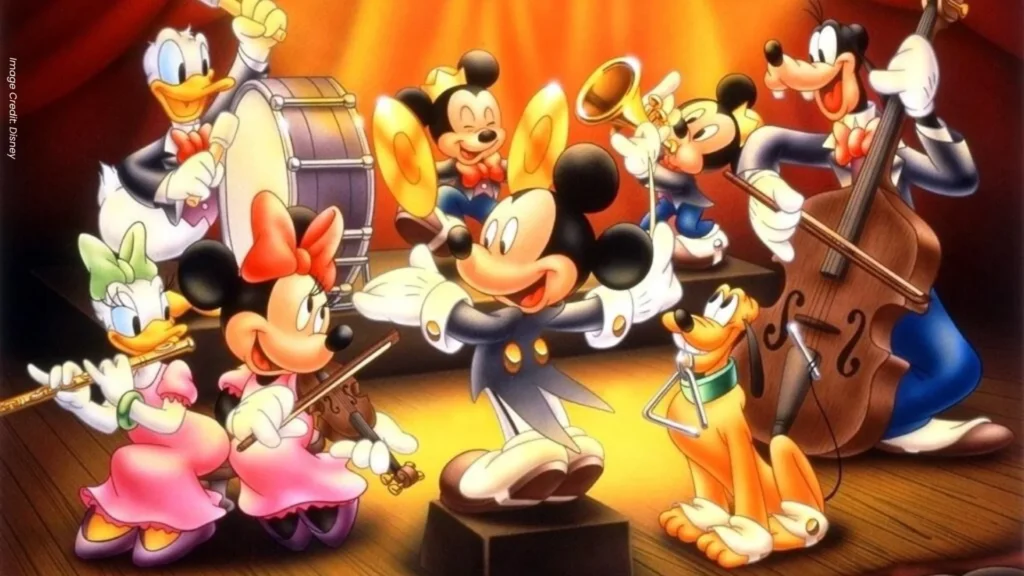They’re the most powerful beings you’ve probably never heard of – unless you’ve cracked open Neil Gaiman’s The Sandman or binged the moody, mythic Netflix adaptation. The Endless aren’t gods, demons, or aliens. They’re something stranger, older, and infinitely more essential. Each sibling represents a fundamental force of existence: Dream, Death, Desire, Despair, Delirium, Destruction, and Destiny. They’re not worshipped, but they are experienced – by every living being in the universe.
At first glance, they look like an oddball family pulled from a gothic fever dream. But each Endless plays a cosmic role that shapes how the multiverse functions. And while The Sandman mostly follows Dream (Morpheus) and his many mistakes, the rest of the family is just as fascinating – and often, even more mysterious.
The Endless Family Tree
Before there were stars, before there were gods – there was a love story. Or something like it.
The Endless were born from Night and Time, two primordial beings that predate creation itself. Night is the embodiment of the infinite void before existence. Time is the forward motion of everything that has ever been or will be. Together, they produced seven children, each one an anthropomorphic personification of a universal truth.
While Time and Night are rarely seen and barely involved in their children’s lives (classic ancient entity parenting), their legacy runs deep. Each Endless sibling rules over a realm that reflects their function, and each is tied to the experiences of sentient beings across the multiverse. Unlike gods, the Endless do not fade if mortals stop believing – they are constants. Even if their forms change over the ages, their presence remains.
Their family dynamic is… complicated. Some are close. Some barely speak. Some actively sabotage each other (looking at you, Desire). But they’re bound by shared rules, rituals, and a mysterious obligation to convene at key moments in cosmic history.
Here’s a quick look at who’s who:
| Name | Domain | Personality Snapshot | Realm |
|---|---|---|---|
| Destiny | Fate | Stoic, aloof, lives by the book-literally | The Garden of Forking Ways |
| Death | Mortality | Kind, wise, effortlessly powerful | The Sunless Lands |
| Dream | Stories/Dreams | Brooding, stubborn, poetic | The Dreaming |
| Destruction | Change/Chaos | Jovial, philosophical, absentee | (Unknown) |
| Desire | Want | Manipulative, seductive, razor-sharp | The Threshold |
| Despair | Hopelessness | Quiet, cruel, self-reflective | Her Hall of Mirrors |
| Delirium | Madness | Chaotic, colourful, once Delight | A shifting chaotic realm |
Each of these realms is not just a home, but a literal reflection of the Endless who rules it. Now, let’s meet them properly – starting with the eldest.
Destiny
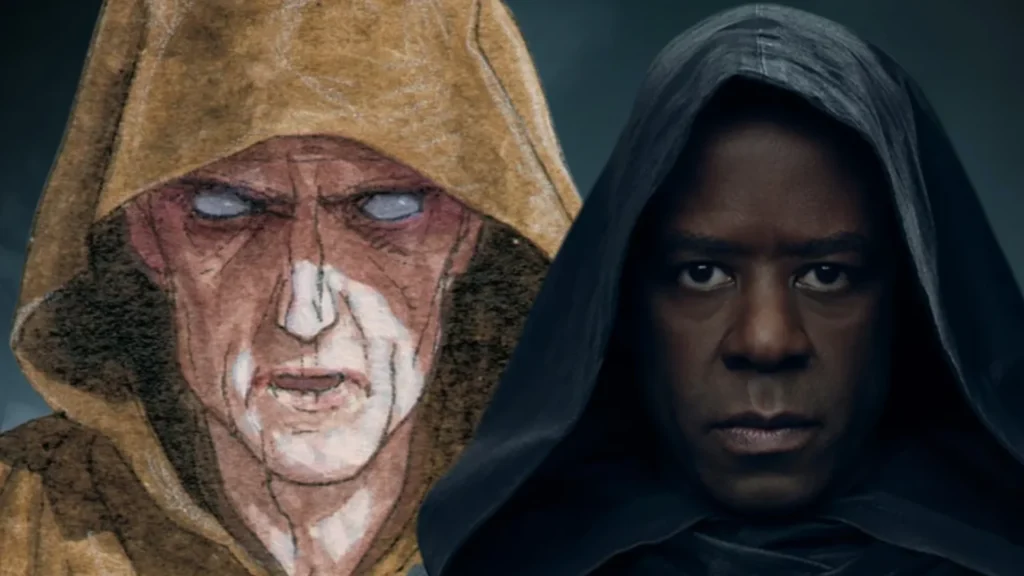
The firstborn of the Endless, Destiny is a figure of inevitability – silent, hooded, and eternally reading from a book that contains all that was, is, and will be. He doesn’t just know the future; he’s bound to it. Quite literally: the Book of Destiny is chained to his wrist, and he walks the winding paths of his realm, the Garden of Forking Ways, forever consulting its pages.
Destiny is blind, but whether that’s metaphorical or transcendent is unclear – many believe he sees far more than any of his siblings ever could. He rarely intervenes in the affairs of mortals or even other Endless unless his book says he must. He doesn’t advise, he doesn’t persuade – he simply exists as the embodiment of inevitability.
In the comics, Destiny predates Gaiman’s own creations, originally appearing in older DC horror anthologies before being folded into The Sandman mythos. He’s often portrayed as the least emotional, most impartial of the Endless – an observer rather than a participant. Yet even he is not completely immune to curiosity or family tension. While he doesn’t express it, there’s the lingering question: is Destiny a prisoner of his book, or its master?
In the Netflix series, Destiny is played by Adrian Lester and appears less mythic in presentation. He’s not blind, and his visual design strips away the more surreal, faceless elements of the comic version. Still, the essence remains: a calm, unshakable presence who knows more than anyone else in the room.
Death
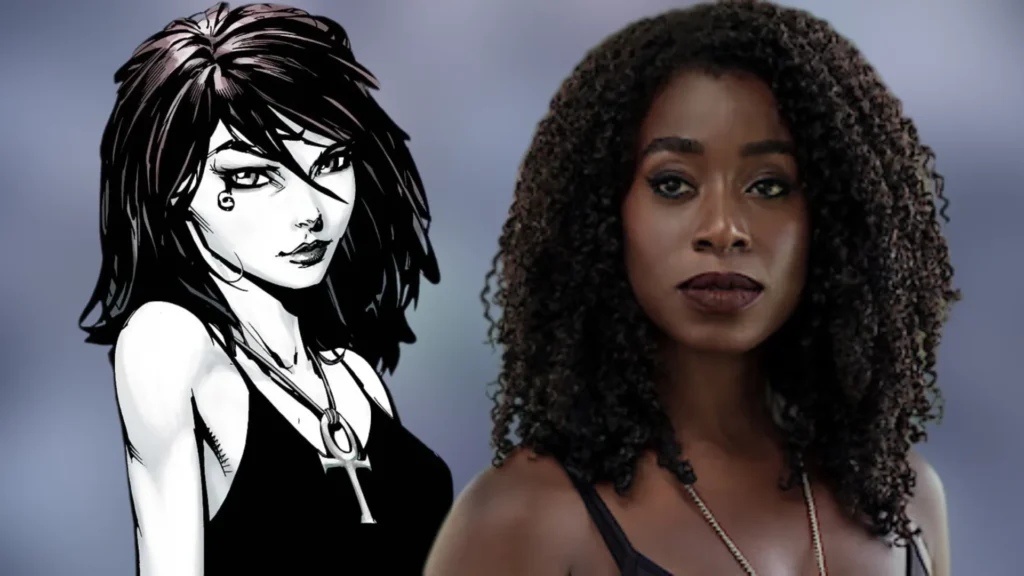
The second eldest of the Endless, Death is not what most mortals expect. She’s warm, patient, and disarmingly kind – less a cloaked figure of doom, more a friend showing you the way home. She meets every being at both birth and death, walking them across the threshold with compassion. As she puts it, “You get what everybody gets. You get a lifetime.”
While she’s one of the most powerful entities in the universe, Death is also the most grounded. She once went through a period of cosmic burnout – detaching from her duties, overwhelmed by the sorrow of it all. But after choosing to live one day as a mortal every hundred years, she came to understand her role not as punishment, but as a mercy. That shift defines her outlook ever since: empathetic, even joyful in the face of finality.
In the Netflix adaptation, Kirby Howell-Baptiste captures that rare balance of cosmic significance and human warmth. The show dials down the overt goth styling of the comic version – no heavy eyeliner or black lipstick – but keeps her ankh necklace and timeless presence. Her standout episode, “The Sound of Her Wings,” closely mirrors the comic’s most beloved chapter, portraying her not just as a figure of death, but as someone who deeply cares about life.
Dream
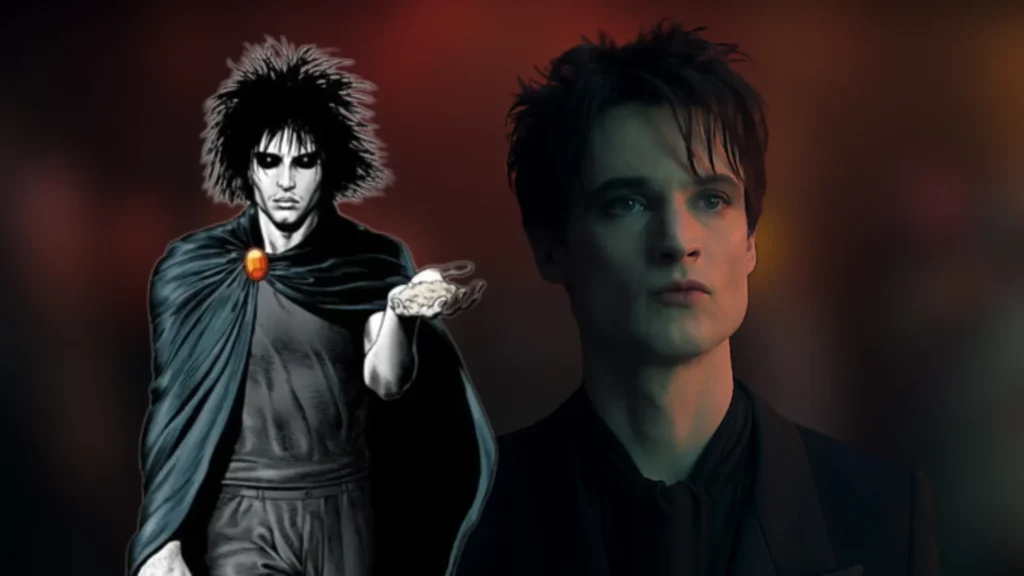
Dream – also known as Morpheus, the Sandman, and Oneiros – is the third eldest of the Endless and the central figure of The Sandman. He is the personification of stories, imagination, and the unconscious mind. Every dream, every nightmare, every whispered wish made in sleep falls under his domain. He rules the Dreaming, a vast and surreal realm shaped by the thoughts of all living beings.
Dream is deeply serious, often brooding and stubborn to a fault. He sees his responsibilities as sacred and holds himself – and others – to exacting standards. While he commands immense power, his real conflict lies in his rigidity. He struggles to adapt, resents change, and often pushes people away in his pursuit of perfection. Over the course of the series, we see him challenged by love, loss, betrayal, and the slow recognition that growth may be the only escape from repetition.
In the Netflix adaptation, Tom Sturridge leans hard into Dream’s ethereal melancholy. His portrayal is faithful to the comic’s visual style – pale skin, dark robes, hair like shadow – and his voice is a whisper dragged through a storm. The show captures his loneliness and authority, but also gives more emotional range to a character who can be alienating on the page. Notably, the show humanises Dream just enough to make his journey resonate with newer audiences, without dulling his mythic edge.
Destruction
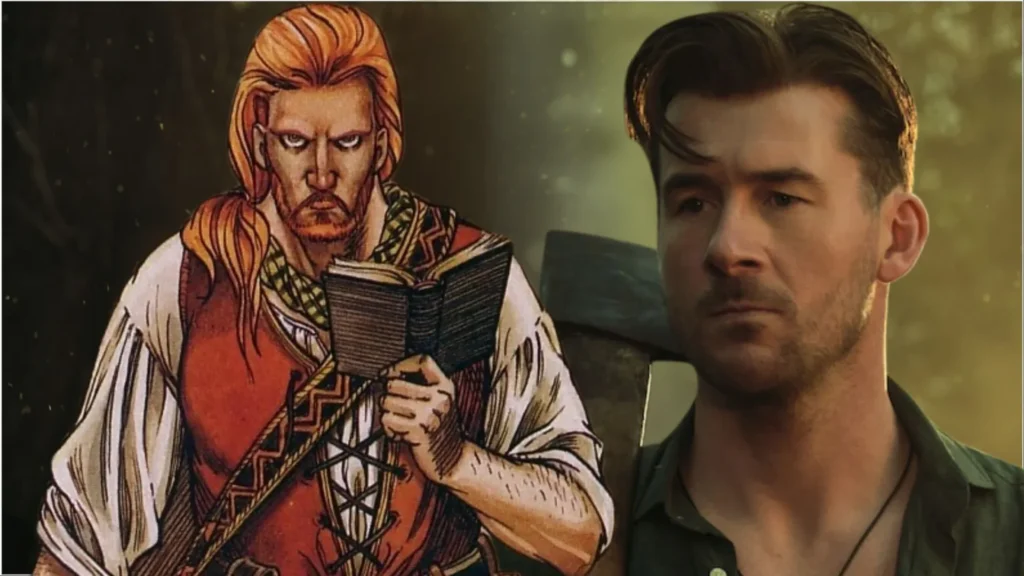
Destruction is the fourth eldest of the Endless, but he’s also the only one who ever walked away. Known within the family as “The Prodigal,” he abandoned his realm centuries ago after concluding that change and chaos – while inevitable – shouldn’t always be passively accepted or enforced. His departure wasn’t rebellious so much as philosophical: a rejection of cosmic fatalism in favour of free will.
Despite his name, Destruction is cheerful, kind, and deeply introspective. He’s a lover of art, cooking, and contemplation – more interested in understanding life than dismantling it. His absence leaves a gap among the Endless that’s rarely acknowledged but sorely felt. And while his siblings respect (or resent) his choice, they also know it came at a cost. Destruction believes deeply in personal responsibility, which makes his self-imposed exile all the more poignant.
In the Netflix adaptation, Destruction makes his first appearance in Season 2, Part 1, portrayed by Barry Sloane. The series stays faithful to his self-imposed isolation – he’s found on a quiet island, creating rather than destroying, and watched over by his loyal (and opinionated) dog, Barnabas (voiced by Steve Coogan). Though more rugged and grounded than his comic counterpart, the heart of the character is intact: a gentle soul grappling with the burden of being a force of chaos in a universe that craves order.
Desire
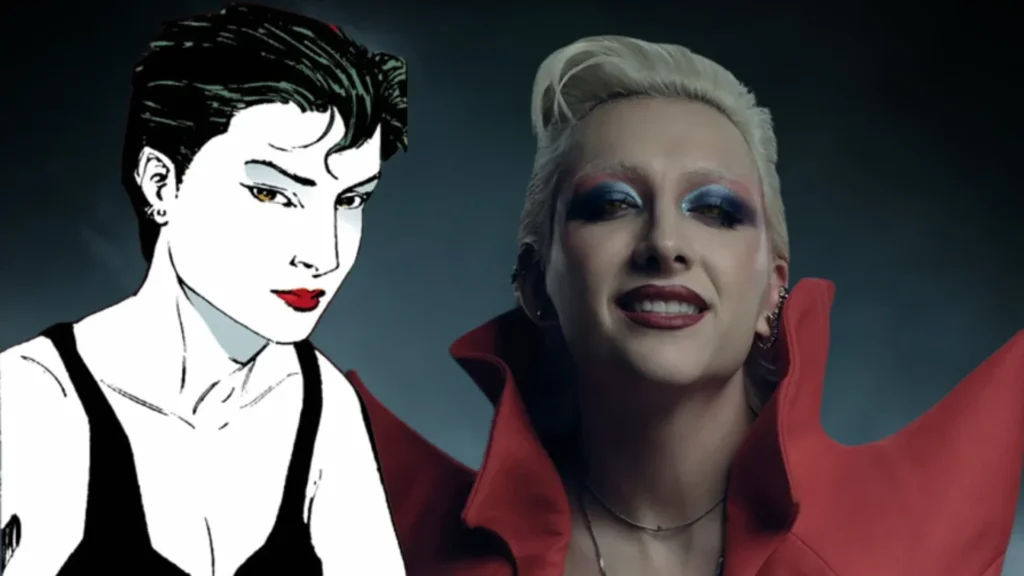
Desire is the personification of want – physical, emotional, existential. Neither male nor female, but always exquisitely both, Desire exists in a state of curated perfection: seductive, dangerous, and entirely self-interested. They live in a vast, sculptural fortress called The Threshold, which is shaped like their own body. Subtlety has never been their thing.
Desire thrives on manipulation. They’re the most active meddler among the Endless, often instigating mortal and divine chaos just to see what happens. Their favourite target is Dream, with whom they share a long and antagonistic history. Unlike Dream’s rigid morality, Desire is fluid, opportunistic, and merciless when crossed.
What makes Desire truly dangerous is how universal they are. Everyone feels desire – whether for love, power, comfort, or revenge. And the more you want, the more powerful they become.
In the Netflix adaptation, Desire is played by Mason Alexander Park, whose performance perfectly captures the character’s androgyny, elegance, and malice. The show preserves their comic look – flawless, sharp-featured, glowing with self-satisfaction – and builds out their rivalry with Dream with delicious venom. Park’s Desire is magnetic and unsettling, exactly as it should be.
Despair
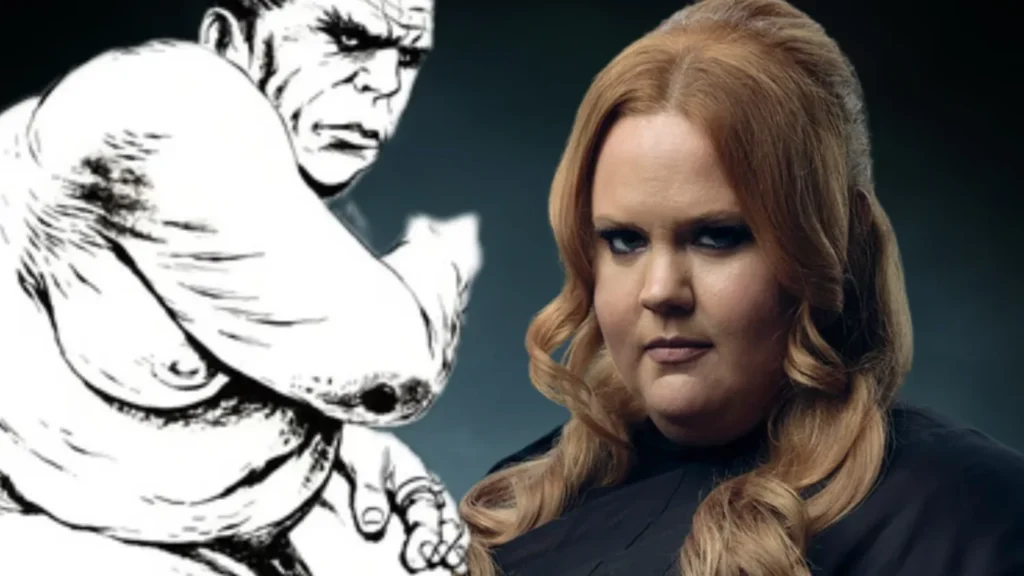
Despair is Desire’s twin, though you’d never guess it by looking at them. She is the embodiment of hopelessness, loneliness, and emotional emptiness – quiet where Desire is loud, passive where Desire is provocative. Her realm is filled with endless grey fog and countless mirrors, each one a window into someone suffering silently in the waking world.
Despair rarely speaks. When she does, it’s with a cold, flat certainty that cuts deeper than any shout. She carries a hooked ring which she uses to physically torment herself, a reflection of the pain she mirrors from the mortal realm. While she’s one of the more withdrawn Endless, her influence is constant – lurking in quiet moments of doubt, regret, or loss.
She is also the only Endless who has died and been replaced. The current Despair is a second aspect of the role, though how or why the first died remains a mystery even within the family.
In the Netflix adaptation, Despair is played by Donna Preston. Her portrayal downplays the grotesque extremes of the comic version in favour of a more grounded, tragic figure – unkempt, tired, and emotionally raw. Her scenes are brief but effective, especially when paired with Desire, highlighting the uncomfortable closeness between craving and suffering.
Delirium
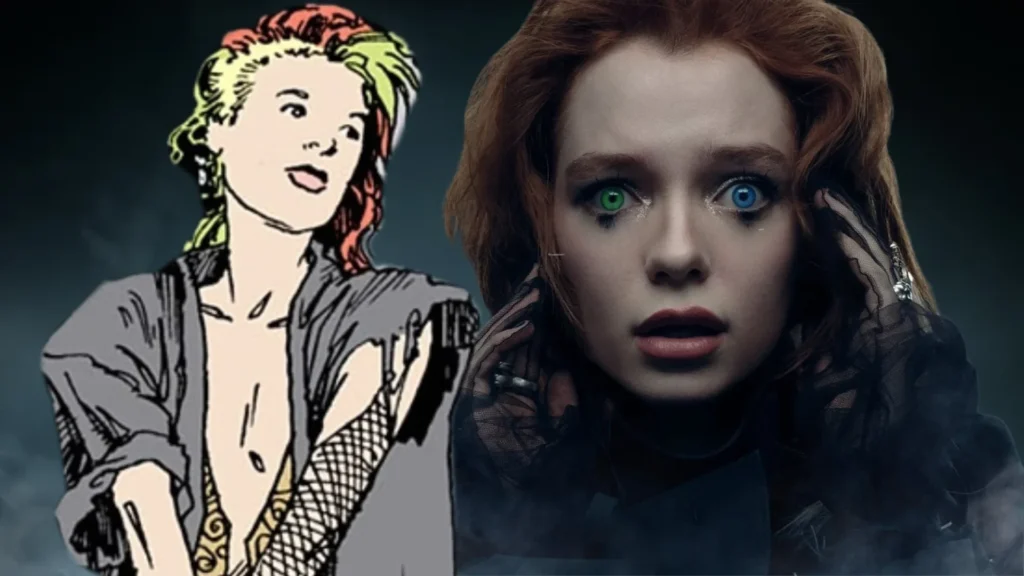
Delirium is the youngest of the Endless, and arguably the most unpredictable. She wasn’t always this way – once, she was Delight, the embodiment of joy and lightness. But something changed (no one knows what), and Delight unraveled into Delirium: a being of fragmented thoughts, shifting forms, and chaotic brilliance.
Her realm is a sensory overload – colours that don’t exist, sounds without source, ideas that flicker and vanish. Her speech patterns mimic her mind: disjointed, poetic, nonsensical until suddenly profound. Though she’s often dismissed as childish or unstable, the other Endless know better. Even Destiny admits there are things only Delirium can understand.
Delirium can bend reality in strange, illogical ways, and her powers – though inconsistent – can be terrifying when focused. She embodies madness, yes, but also the strange beauty and honesty that comes from seeing the world sideways.
In the Netflix adaptation, Delirium makes her debut in Season 2, portrayed by Esmé Creed-Miles. Her version of the character leans into the whimsical without losing the weight of trauma. She appears dreamy and impulsive, with mismatched eyes and ever-changing mannerisms that reflect the comic’s visual chaos. Fans have praised her emotional range – managing to be funny, unsettling, and heart-wrenching in the same breath.
FAQs About the Endless
Are the Endless gods?
Not exactly. The Endless are older than gods and don’t rely on worship to exist. They’re personifications of universal forces – concepts that persist regardless of belief.
Will all seven Endless appear in the Netflix series?
Yes. By the end of The Sandman Season 2, Part 1, all seven siblings have appeared on screen – some briefly, some with entire episodes to themselves.
Who are the parents of the Endless?
The Endless were born of Time (the personification of existence) and Night (the infinite void). Their family tree is as abstract as it is dysfunctional.
Which Endless died?
Despair is the only one known to have died and been replaced by a new aspect of herself. The details of her first incarnation’s death remain unrevealed.
What’s the correct order of the Endless?
From oldest to youngest: Destiny, Death, Dream, Destruction, Desire, Despair, Delirium.
